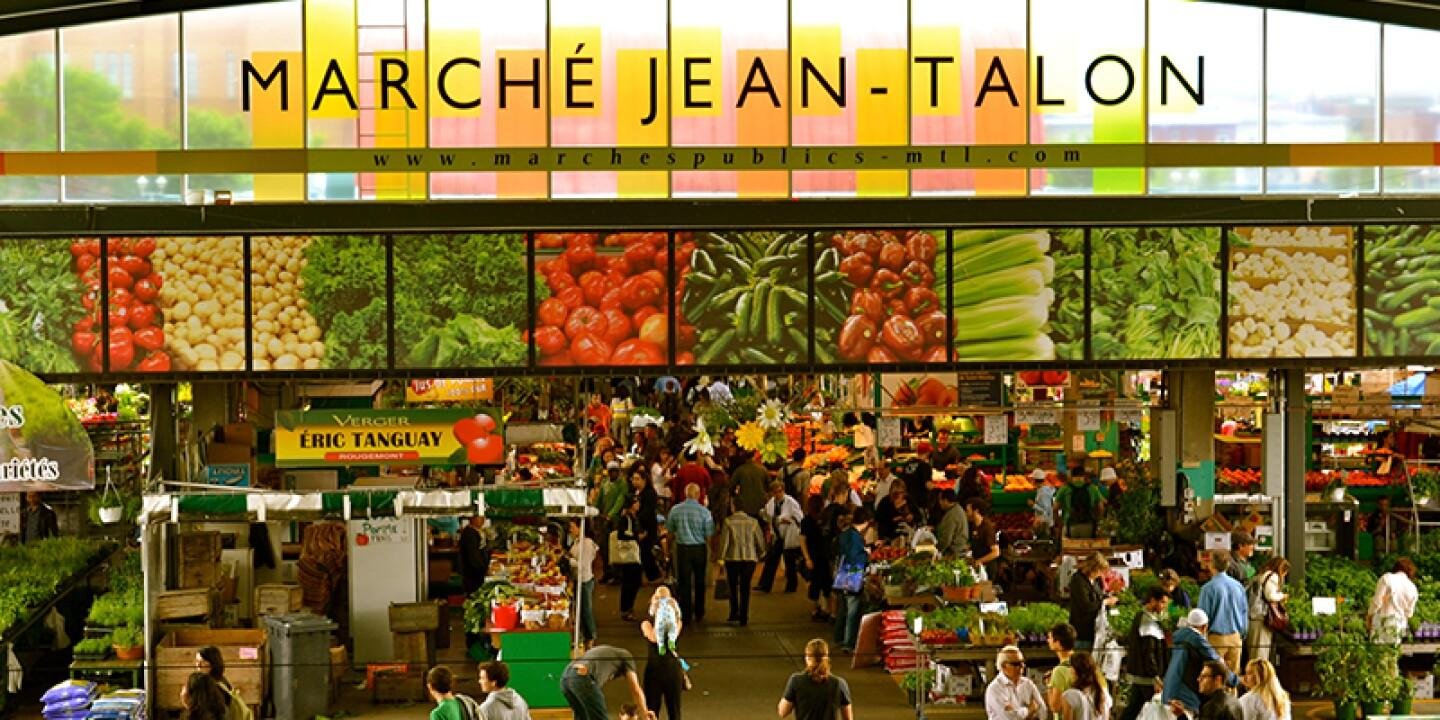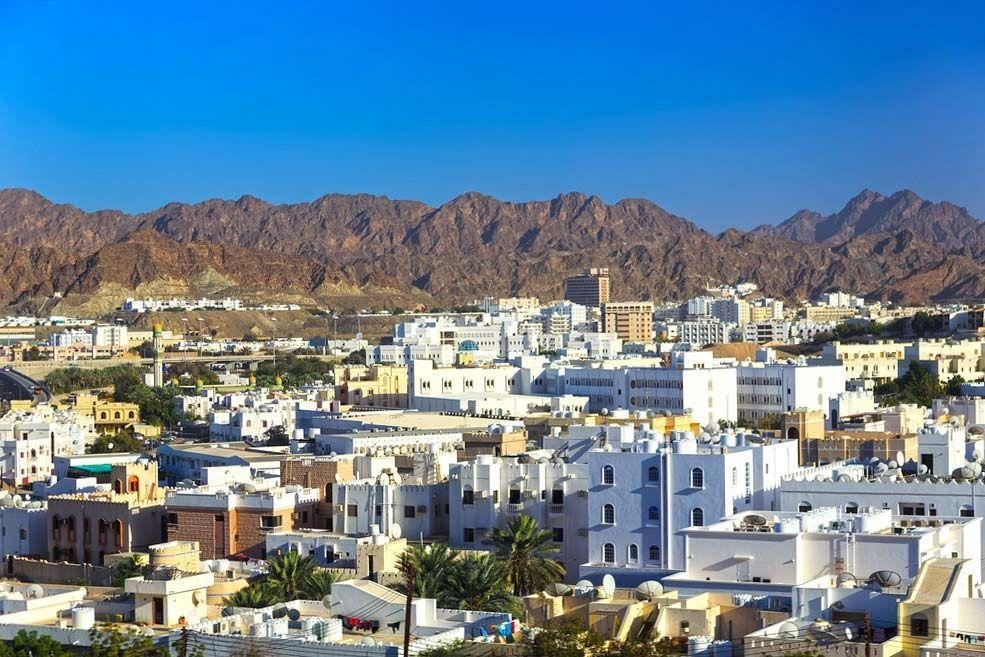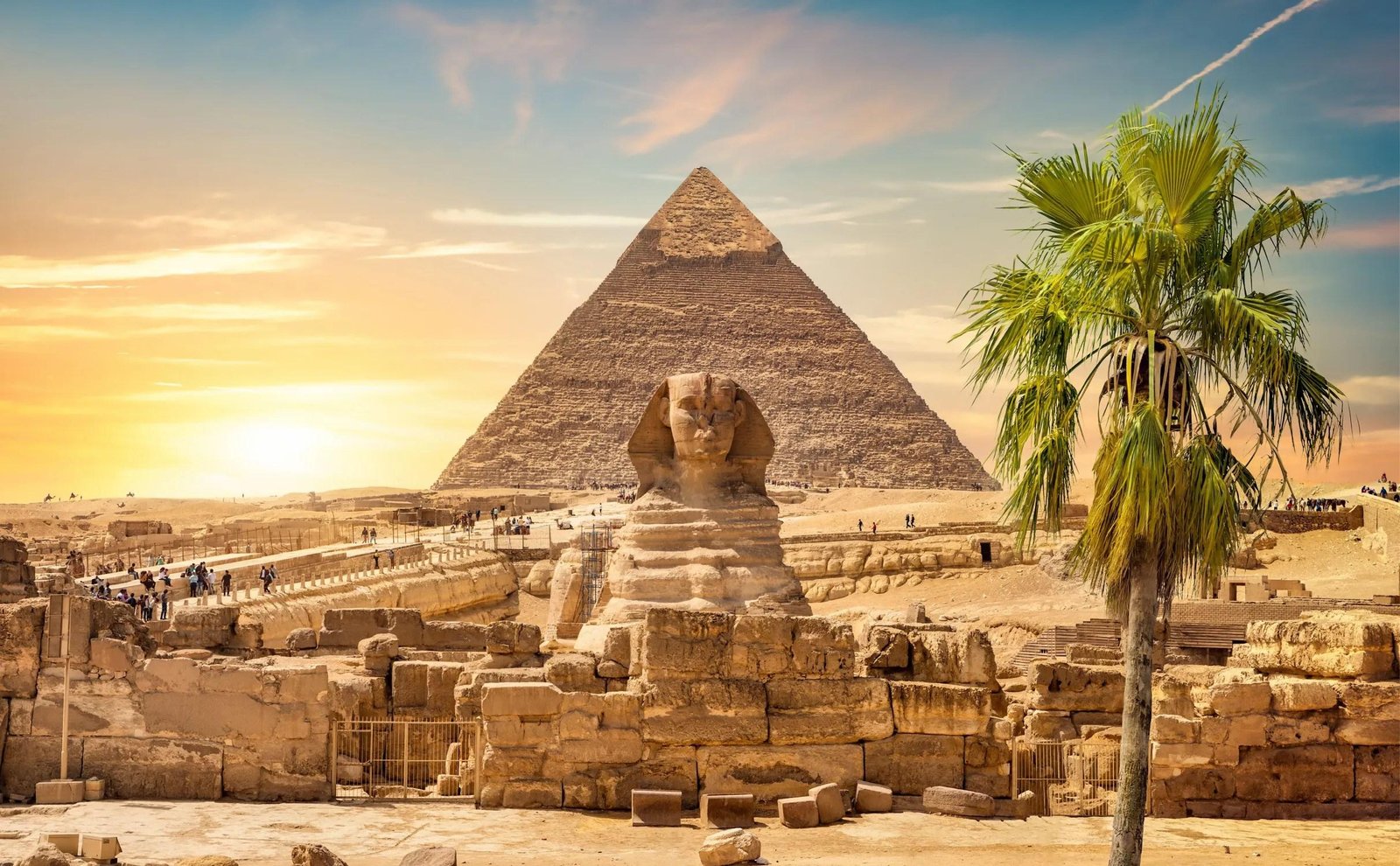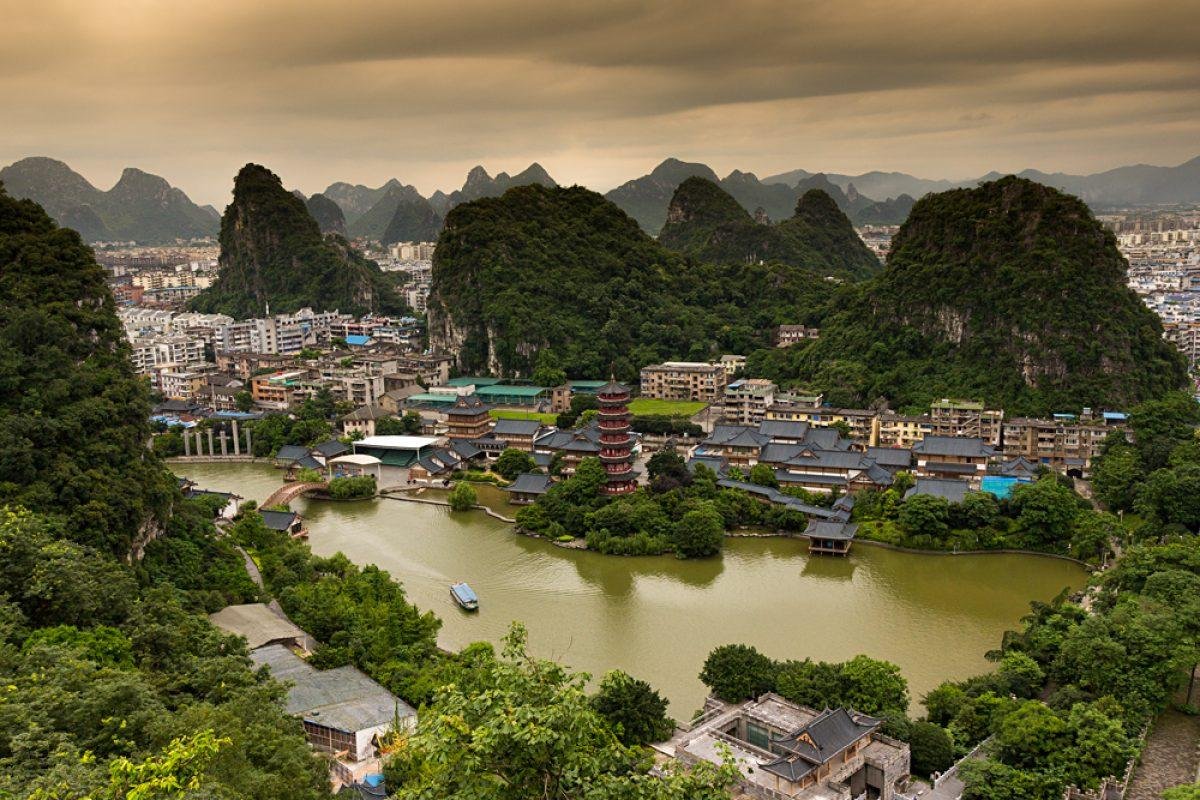Muscat, the capital city of Oman, is a captivating blend of traditional Arabian architecture and modern design, reflecti...
The Architectural Tapestry of Montreal, Canada

Montreal, Canada’s second-largest city, is renowned for its dynamic architectural landscape that reflects its rich history, diverse cultures, and innovative spirit. With a blend of historic and modern designs, Montreal’s architecture tells the story of a city that has evolved over centuries while celebrating its heritage and embracing the future.
At the heart of Montreal lies Old Montreal (Vieux-Montréal), a historic district characterized by cobblestone streets and beautifully preserved buildings that date back to the 17th century. The Notre-Dame Basilica, a stunning example of Gothic Revival architecture, dominates the skyline with its impressive façade and intricate interior. Completed in 1880, the basilica features vibrant stained glass windows, a grand altar, and a soaring vaulted ceiling. It serves as a spiritual center and a cultural landmark, attracting visitors from around the world.

Another architectural gem in Old Montreal is the Bonsecours Market, a historic building originally constructed in 1847 as a marketplace. Its iconic dome and neoclassical design make it a prominent feature of the city’s skyline. Today, the market houses boutiques, galleries, and restaurants, showcasing local artisans and culinary delights. The blend of history and modern commerce reflects Montreal’s vibrant cultural scene.
The Montreal City Hall (Hôtel de Ville) is an exquisite example of Second Empire architecture, completed in 1878. With its ornate façade, intricate details, and clock tower, the building stands as a symbol of the city’s governance and history. The interior features grand halls and chambers, showcasing the city’s commitment to preserving its architectural heritage. City Hall is not only an administrative center but also a venue for public events and celebrations, reinforcing its importance in Montreal’s civic life.

The iconic Habitat 67, designed by architect Moshe Safdie, represents a significant moment in modern architecture. Originally conceived for the 1967 World Expo, this experimental housing complex features a unique modular design composed of interlocking concrete units. The innovative layout creates open spaces and stunning views of the St. Lawrence River, emphasizing a harmonious relationship between nature and urban living. Habitat 67 remains a symbol of architectural innovation and sustainable living.
Montreal’s architectural diversity is further showcased in the downtown area, where modern skyscrapers coexist with historic buildings. The Place Ville Marie, a prominent office tower completed in 1962, features a distinctive cross-shaped design and a skybridge connecting it to other buildings. The tower’s modernist style, combined with its central location, makes it a key part of Montreal’s skyline and a hub for business and commerce.

The Montreal Museum of Fine Arts (Musée des beaux-arts de Montréal) exemplifies the city’s commitment to art and culture. The museum’s architecture combines historic and contemporary elements, with the original building dating back to 1912. The recent addition, designed by architect BGLA, features a modern glass façade that harmonizes with the historical structure. The museum houses an extensive collection of art, from classical to contemporary, making it a vital cultural institution in the city.
The Olympic Stadium, originally constructed for the 1976 Summer Olympics, is a striking example of modern architecture. Designed by architect Roger Taillibert, the stadium features a unique inclined tower and a retractable roof. The complex also includes the Montreal Biodome, a facility that replicates various ecosystems, and the Montreal Botanical Garden, showcasing the city’s commitment to sustainability and environmental education. The stadium’s iconic design has made it a recognizable symbol of Montreal.
Montreal’s neighborhoods each have their own architectural character, reflecting the city’s multicultural identity. The Plateau-Mont-Royal is known for its colorful row houses, adorned with ornate wrought-iron balconies and vibrant facades. This area is a hub for artists and creatives, with street art and murals adding to its eclectic charm. The architecture here tells the story of a community that values creativity and individuality.
The Mile End neighborhood is another vibrant area known for its artistic flair and historic buildings. The former industrial spaces have been transformed into studios, cafes, and boutiques, showcasing the creative spirit of Montreal. The architecture reflects a blend of old warehouses and contemporary designs, creating a unique urban landscape that fosters innovation and collaboration.

The Jean-Talon Market, located in the Little Italy neighborhood, is a lively space that celebrates food and community. The market’s architecture features a modern design with bright colors and spacious layouts, creating an inviting atmosphere for locals and visitors. The market is a testament to Montreal’s culinary diversity, offering fresh produce, local delicacies, and international flavors.
Montreal’s commitment to sustainability is evident in its architectural initiatives. The city has embraced green building practices, promoting energy-efficient designs and environmentally friendly materials. The Montreal Institute of Design, for instance, focuses on fostering innovative and sustainable architectural solutions. This commitment to sustainability ensures that Montreal remains a livable and vibrant city for future generations.

Cultural festivals and events in Montreal often take place in historic venues and public spaces, celebrating the city’s architectural beauty. The Montreal International Jazz Festival and the Just for Laughs comedy festival transform the city into a vibrant celebration of music and laughter. These events highlight the importance of architecture in creating engaging cultural experiences and fostering community connections.
The culinary scene in Montreal is deeply intertwined with its architectural identity. Many restaurants and cafes are housed in beautifully restored historic buildings, offering diners a unique atmosphere to enjoy traditional Quebecois cuisine and international flavors. The combination of architecture and gastronomy creates a vibrant dining experience that reflects the city’s cultural richness.
As Montreal continues to evolve, urban regeneration projects aim to revitalize neglected areas while preserving the city’s architectural heritage. Efforts to enhance walkability, promote public transportation, and integrate modern design with historical context reflect Montreal’s commitment to sustainable urban development. These initiatives ensure that the city remains a vibrant and livable environment, balancing its rich history with contemporary needs.
The seamless integration of tradition and modernity is exemplified by new developments in neighborhoods like Griffintown and the waterfront area. These areas have undergone significant transformations, featuring modern residential complexes, art installations, and community spaces that showcase the city’s adaptability while honoring its historical significance.
In conclusion, Montreal is a city where architecture serves as a reflection of its rich history and cultural diversity. The harmonious blend of historic landmarks, modern designs, and vibrant public spaces creates a captivating urban environment that enchants all who visit. Whether exploring the grandeur of Notre-Dame Basilica, admiring the creativity of Habitat 67, or experiencing the artistic vibrancy of the Plateau-Mont-Royal, visitors to Montreal are sure to be inspired by the city’s architectural charm and cultural depth.
Montreal’s architectural journey is a testament to its resilience and ability to embrace change while honoring its cultural roots. From its historic churches to modern cultural institutions, Montreal stands as a vibrant example of how architecture can embody the spirit of a place and its people. The city’s commitment to preserving its architectural legacy while embracing innovation ensures that Montreal will continue to thrive as a cultural and architectural destination for generations to come.
With every street and landmark revealing layers of history and artistry, Montreal invites all to explore its captivating urban landscape and experience the rich stories that each building has to tell. The city’s architecture not only reflects its glorious past but also shapes its vibrant present and promising future, making it a true gem of Canada.
Share:




